In this era of social media, critical thinking is an essential life skill that students need to filter the barrage of online information that includes fake news, misinformation and half-truths. While social media platforms may try to take down untrue or harmful posts, they simply cannot control the avalanche, and users must rely heavily on their own devices.
![]()
![]()

Students who master critical thinking skills are better equipped to separate truth from fiction, spot dubious claims and ideas, and develop good judgment. Indeed, good critical thinkers have a better chance overall to excel at work and in life.
Definitions of critical thinking abound, but the fundamental concept behind them all is that thinking critically is an “active process”, involving “reflective thinking”. You rely on your own thought process to think things through, form questions, determine what information is reliable and relevant, and develop opinions and conclusions. This contrasts with passively accepting information as “true” and other opinions and beliefs as “accurate”. Critical thinking is the process of developing opinions and conclusions based on reliable and proven facts.
According to Hanen.org, “Experts on early childhood development agree that the basic skills of reading, writing and math are no longer enough – children also need to learn to think critically if they’re going to be successful in today’s complex world.”
Why is Critical Thinking So Important?
Indeed.com offers, “Critical thinking is a key skill in the workplace. … critical thinking helps employees solve problems and build strategies that make them better at their jobs. For this reason, employers may look to hire employees who have strong critical thinking skills.”
Indeed goes on to say: “Employees who can engage in critical thinking are reflective, independent and competent. If you practice critical thinking, you logically connect ideas, scrutinize and evaluate arguments, find inconsistencies and errors in your work and the work of others, solve complex problems and engage in reflection.”

What is Critical Thinking?
Hanen.org explains, “Critical thinking happens when children draw on their existing knowledge and experience, as well as on their problem-solving skills, to do things like:
● Compare and contrast
● Explain why things happen
● Evaluate ideas and form opinions
● Understand the perspectives of others
● Predict what will happen in the future
● Think of creative solutions”
Can Thinking Critically be Learned?
Critical thinking can be challenging to master, but can be learned. It requires a framework that helps students reflect on and improve their thinking skills. As with most skills, becoming proficient requires practice. The American Society for Engineering Education (ASEE) notes “a key component of nurturing critical thinking is learning to recognize and reinforce it when it happens, or nudge students toward such behaviors when it is not happening but should be.”
The ASEE further observes , “One very effective context for developing (critical thinking) skills is in open-ended assignments with no single “right” answer, to which students must apply not only their technical knowledge, but also an element of critical judgment, to determine which approach among many possible will yield the most reasonable and applicable results…
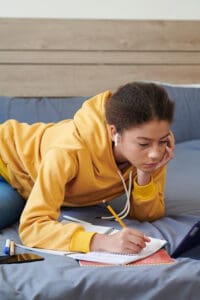 [I]t is difficult to evaluate students’ critical thinking when only seeing the end result of the process. Critical thinking is a reflective process; to assess it, we must ‘get inside the student’s head’. Students must self-report what their thought processes were and that must be done in the narrative form – either orally or in writing. For convenience and assessment documentation purposes, having students write a reflective paper is a good way to communicate their critical thinking.”
[I]t is difficult to evaluate students’ critical thinking when only seeing the end result of the process. Critical thinking is a reflective process; to assess it, we must ‘get inside the student’s head’. Students must self-report what their thought processes were and that must be done in the narrative form – either orally or in writing. For convenience and assessment documentation purposes, having students write a reflective paper is a good way to communicate their critical thinking.”
Rubrics offer a functional way to create a standard for a student’s thought process. According to the International Journal of STEM Education (IJSE), “Students are more likely to develop these (critical thinking) skills if there is constructive alignment between an instructor’s intended learning outcomes, the tasks that the instructor and students perform, and the assessment tools that the instructor uses. Rubrics … can enhance this alignment by creating a shared understanding of process skills between instructors and students.”
Below is a diagram from berkley.edu that explains the layout of a rubric. As indicated by IJSE, the goal is to create a rubric that helps the student understand different levels of thought structure used in critical thinking and specifics for how that is represented in their assignment. The rubric is then shared with the student and used to grade the assignment, showing the student where and how they can improve their thinking process. As pointed out by berkley.edu, rubrics come in one of two different styles; analytic and holistic. Only an analytic rubric can assist with developing critical thinking.
Radford.edu offers a paper on “Two Rubrics for Critical Thinking Assessment: A Mini-Training Session” that is a useful study for those wishing to understand rubrics better and how they are used to assess assignments and help students develop critical thinking skills.
How Black Gold Can Help
Whether or not you are homeschooling your child, it is important to ensure they have opportunities to get practice in critical thinking and understand assessment standards that will help them become more adept at thinking critically.
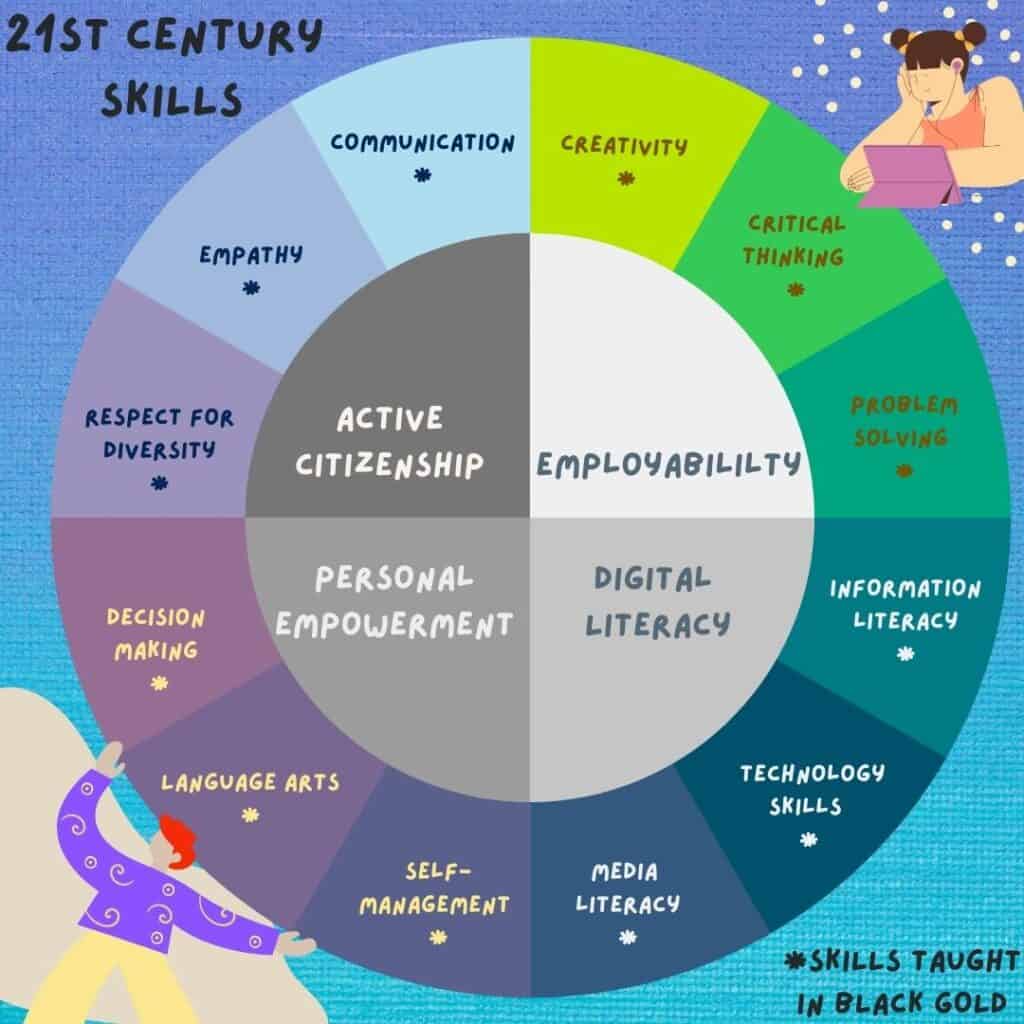 Beccastone designed Black Gold, our flagship homeschool course on African American achievement, with a strong emphasis on developing critical thinking skills. The course offers projects and activities that are engaging and require students to activate critical thinking to complete their chosen assignments. Students have many options so that they can select what interests them and what type of projects they want to work on.
Beccastone designed Black Gold, our flagship homeschool course on African American achievement, with a strong emphasis on developing critical thinking skills. The course offers projects and activities that are engaging and require students to activate critical thinking to complete their chosen assignments. Students have many options so that they can select what interests them and what type of projects they want to work on.
This course is flexible and can be tailored to engage your tween/teen for 2-5 hours per day, for a few weeks, or the duration of the entire school year.
Take our course for a test run! A single 4-6 week unit is available to see if this course works for you and your student.

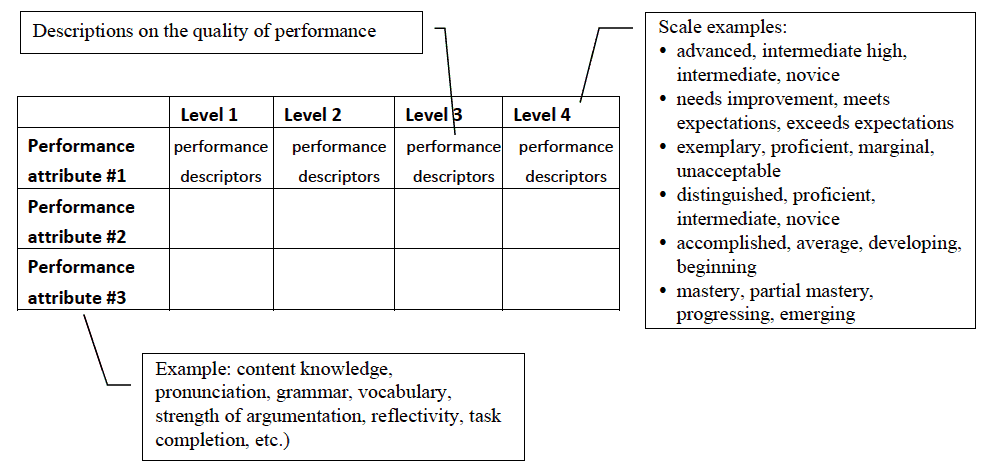




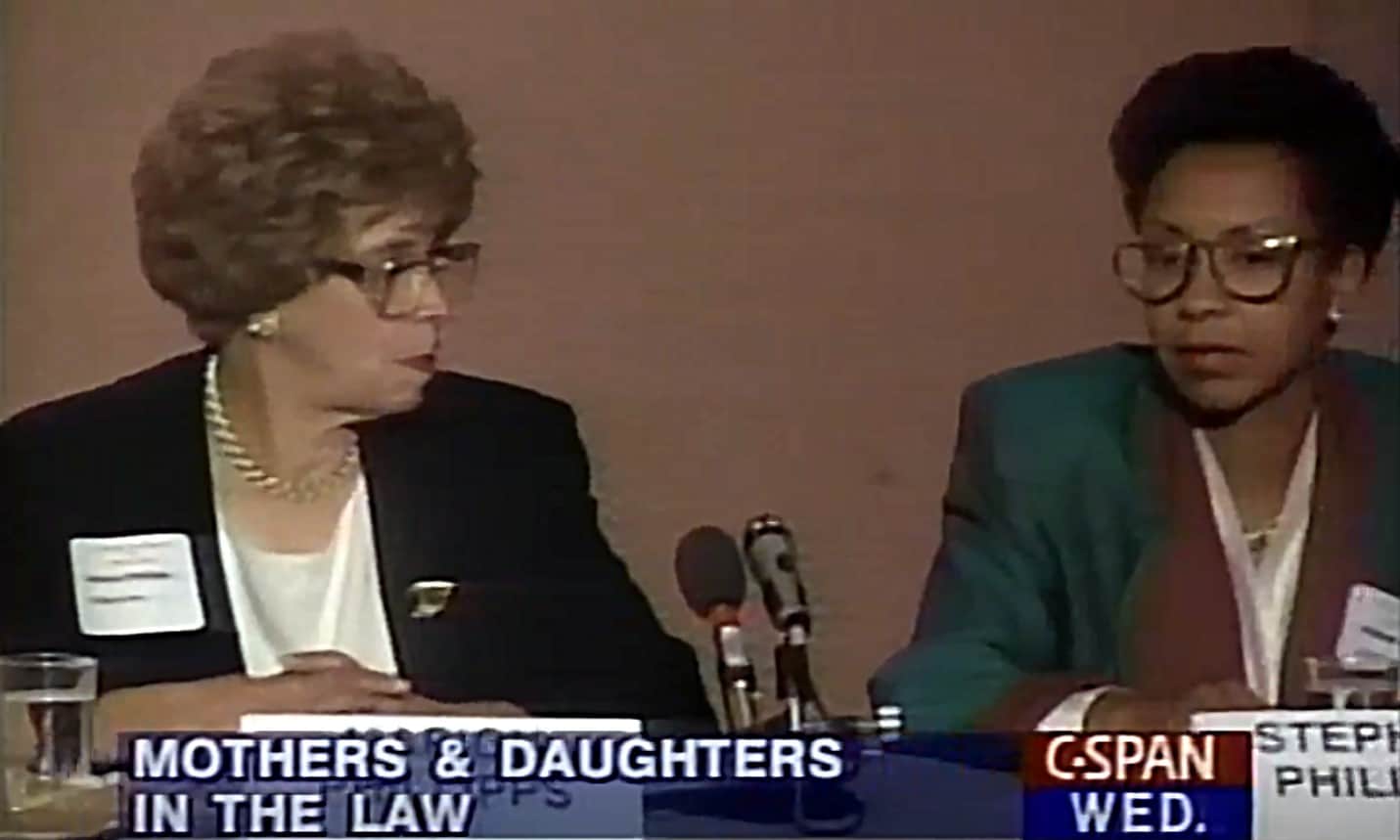
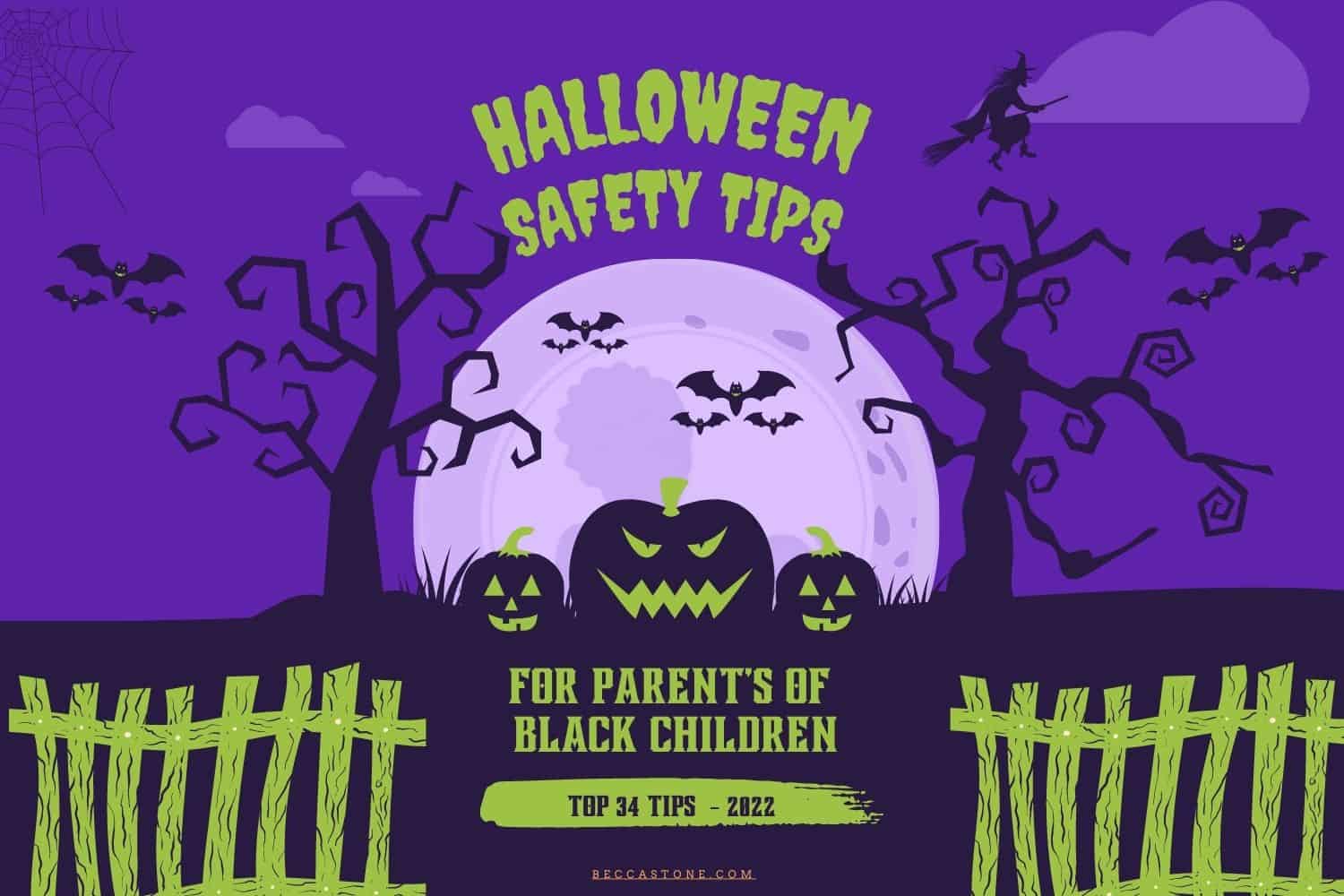
Share your thoughts